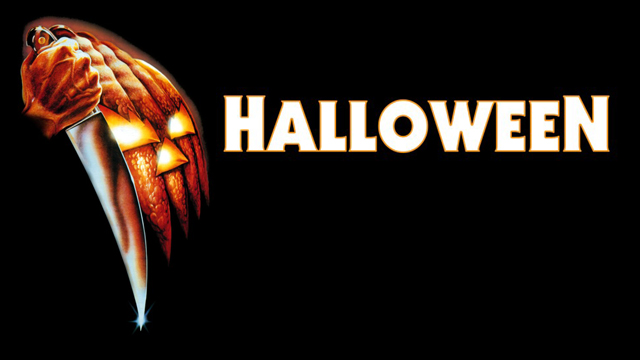John Carpenter was announced as returning to the Halloween franchise last week, albeit as executive producer. Plot and cast details are unknown but with the movie already being postponed more than once, might that be a sign that the studio wants to make a decent quality product? Time will tell.
One or a combination of things have always been missing from all the sequels that made the original so successful, with the exception of the third film which went in a totally different direction. The remakes need to be included in that statement seeing as they just kind of came and went with no long lasting appeal.
So, what should be done to produce a high quality successful sequel? That is what we are going to be talking about now.
1988’s Halloween 4 is often fondly discussed by the fans for a couple of reasons, one of which is that it captured the creepy atmosphere that was so evident in the first film. The other sequels were primarily concerned with just focusing on high levels of gore and humanising the antagonist, Michael Myers.
Speaking of which, Halloween’s 5, 6 and the two remakes that were created years later granted Myers a soul. Both the 1978 original and the remake claimed that Myers was the “boogeyman.” But making the “boogeyman” human takes away any mystique and dials down the scare factor immensely! On the one hand it is fun to explore the depth of the character, but on the other care has to be taken not to cross a point where Myers becomes a sympathetic figure. John Carpenter described him as a “force of evil.” Dissecting that fictional evil only serves to make the audience switch from being scared of him to trying to understand him on a psychological level. What good did it do for Rob Zombie’s take on Halloween to give Myers an excuse for the way he was in his interpretation? You would be hard pressed to come up with something positive.
In keeping with Myers being this unknown force of evil, the family subplot needs to be done away with! And admittedly, it is Carpenter’s fault that most of the follow ups have used the idea of Myers being on a mission to kill off any remaining family members. In 1981’s Halloween 2, the horror director was asked to come up with a story for the movie, and the only thing that he could think of at the time was to make the character of Laurie Strode Myers’ sister. An idea that he rolls his eyes at to this day! As with the first film, making Michael Myers indiscriminate who he wants to kill contributes to the creepy factor. Again, using that subplot gives us some insight into The Shape. Insight we could do without.
Cinematography and creative ways to use the camera was a big part of the reason why Halloween was successful. The use of the Steadicam was a new thing back in the late 1970’s but it evoked paranoia and edginess for the audience. Those methods have been imitated in later horror film projects, as influential as they were! Immense violence and gore was not the focus of the first film and nor should it be for the new one! Many would agree that the bloodiest bits being implied more than shown is more psychologically effective!
The one advantage that Halloween and it’s sequels up until Halloween: The Curse Of Michael Myers had was the presence of British acting great, Donald pleasence. He was the glue that largely kept the declining follow ups together! You cannot go wrong with employing at least one strong actor with a good body of work. Unless that happens to be Malcolm McDowell, who chose to more or less ham his way through the remake. Whether you find yourself starring in a horror film or not, the production should always be taken seriously!
The one thing that this writer has grown to resent are movies that contain a seemingly infinite amount of false jump scares! The A Nightmare On Elm Street remake is a prime offender of this. 1978’s Halloween was constructed on tense atmosphere and jump scares, but rarely were there any false ones! Studios need to realise that they do not make for an effective horror film. False scares quickly develop into an exercise of tedium, especially for hardcore horror movie fans. And let’s be honest, most horror movies are geared toward an audience that are veterans of viewing the horror genre.
This is a huge one. No comprising the film’s soundtrack full of popular heavy metal songs! It would actually be surprising if Carpenter would be okay if the director was to make such a decision. Creativity is key here and developing an effective score, preferably with a synthesizer, would fit the film fine. Especially if they perfect the above mentioned ingredients.
There is no doubt that filmmakers will have their work cut out for them when they work on the new film, but fans can be hopeful of something authentic and a little new as John Carpenter once stated that he “has a few tricks up his sleeve” when he was asked if he had any plans to return to the Halloween franchise.
That was some years ago now, but let’s be positive that he has not forgotten that!
 Age of The Nerd
Age of The Nerd




